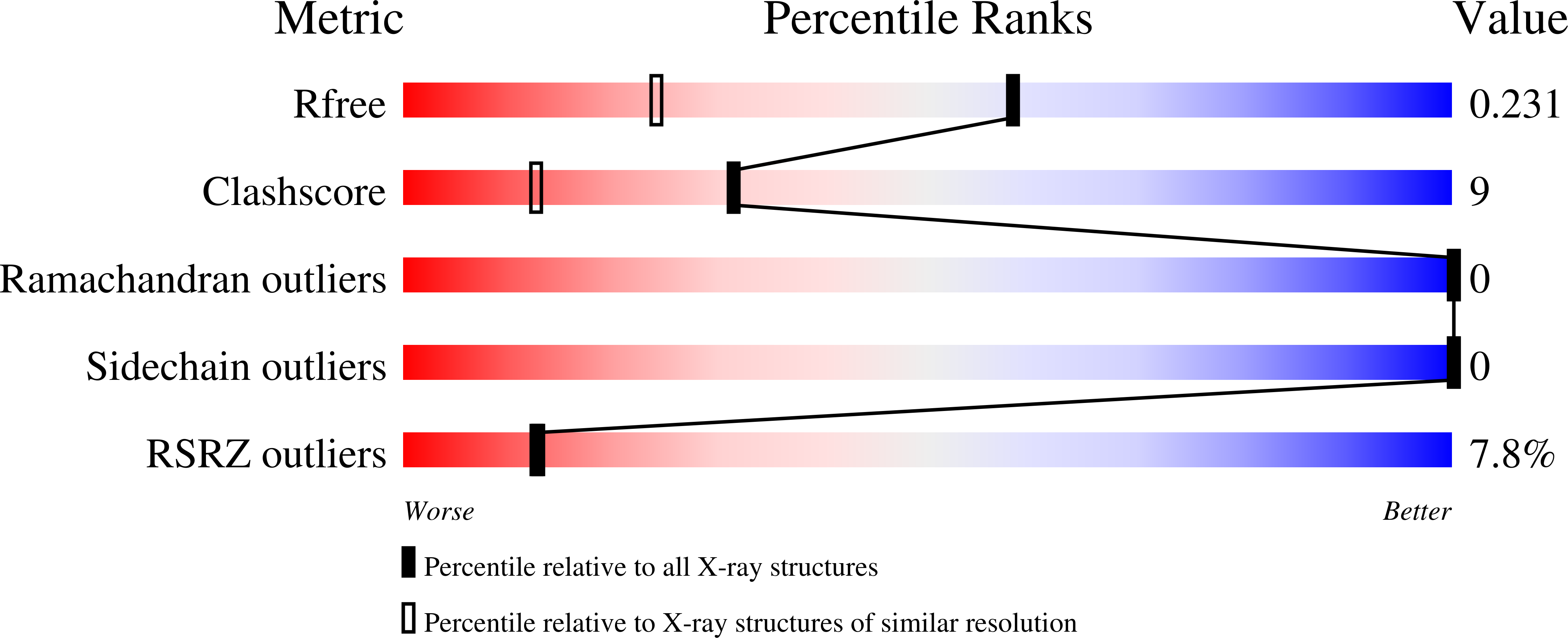
Deposition Date
2022-11-21
Release Date
2023-03-08
Last Version Date
2024-11-06
Entry Detail
PDB ID:
8BQQ
Keywords:
Title:
Hen Egg-White Lysozyme (HEWL) complexed with amine-functionalised Anderson-Evans polyoxometalate
Biological Source:
Source Organism:
Gallus gallus (Taxon ID: 9031)
Method Details:
Experimental Method:
Resolution:
1.57 Å
R-Value Free:
0.23
R-Value Work:
0.19
R-Value Observed:
0.19
Space Group:
P 43 21 2


